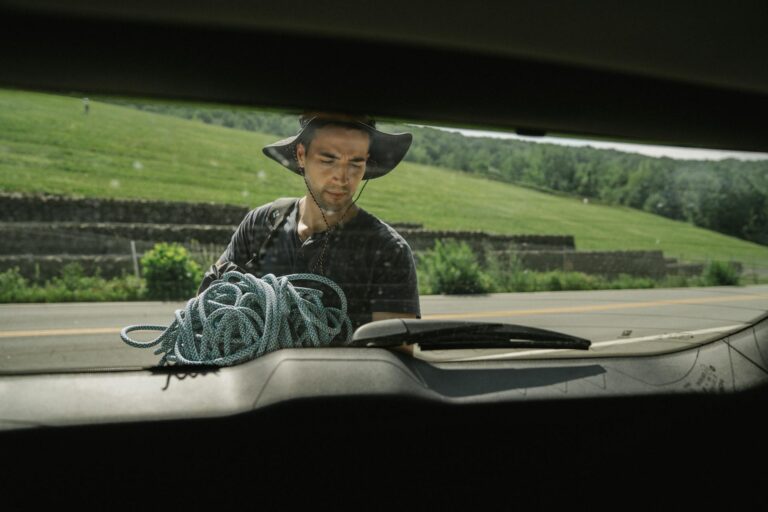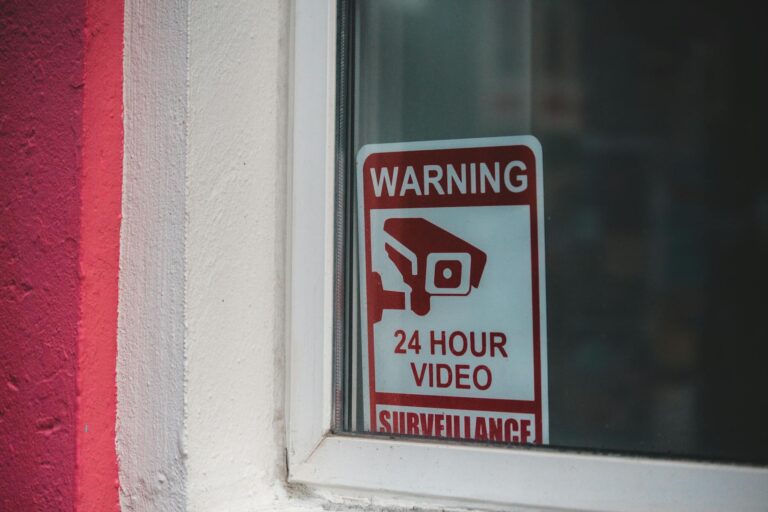When disaster strikes, you don’t want all your food in one place. Not only does it make your stash easy to find (by guests, thieves, or even hungry kids), but it also puts everything at risk if part of your home gets damaged.
Smart preppers spread things out—and hide them well. Here are 10 sneaky places around the house where you can secretly store emergency food without sacrificing space or drawing attention.
1. Inside Empty Furniture

Benches, ottomans, and even footstools often have hidden storage space. Pack them with flat, lightweight foods like ramen, energy bars, or vacuum-sealed meals.
It’s furniture on the outside, food stash on the inside. Just make sure the area stays cool and dry.
2. Under the Bed
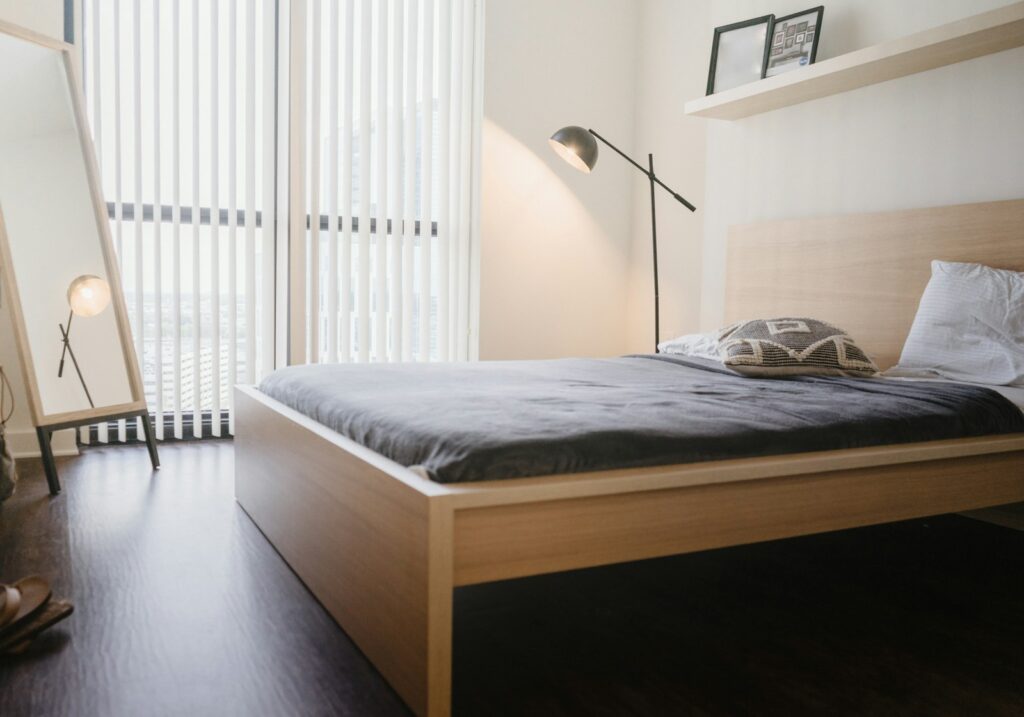
That forgotten space beneath your bed is prime real estate for food storage. Use flat bins with lids to hold canned goods, boxed meals, or MREs.
Slide them in and forget about them—until you need them. Add labels or keep a simple list in a drawer so you don’t lose track.
3. Behind Books on a Shelf

Slide some cans or sealed goods behind your books on deep shelves. The front row looks normal, but you’ve got backup calories hiding in plain sight.
Just make sure the shelves are sturdy enough to hold the extra weight.
4. Inside Unused Suitcases or Backpacks
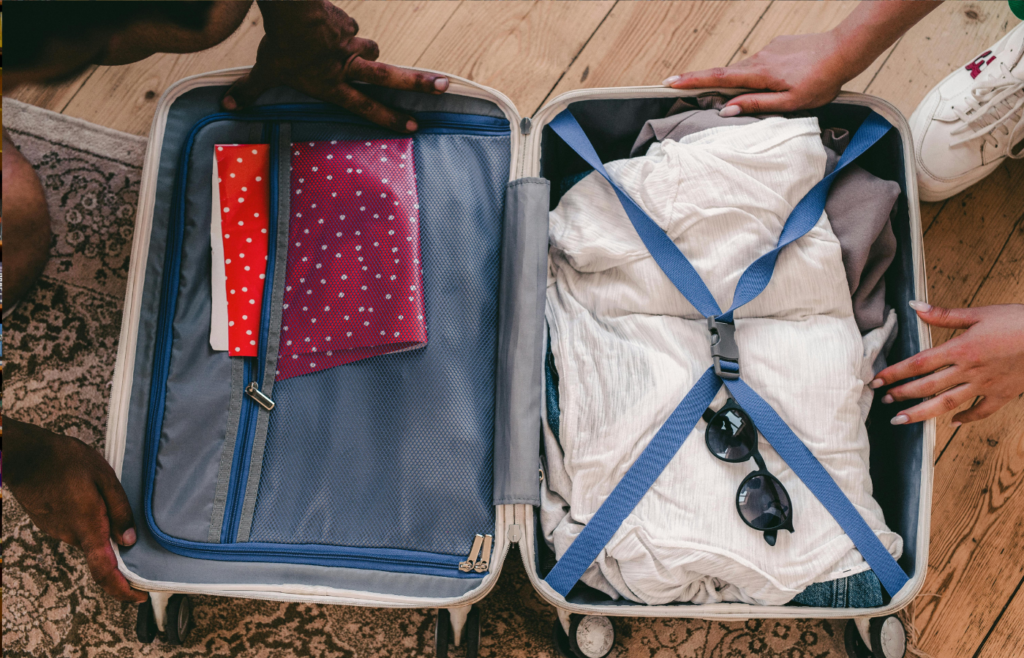
Travel bag collecting dust? Put it to work. Suitcases and duffel bags are perfect for storing emergency food, especially portable items like protein bars, dry rice, and vacuum-sealed meals.
Bonus: if you ever need to evacuate quickly, your bug-out food is already packed.
5. Under the Stairs
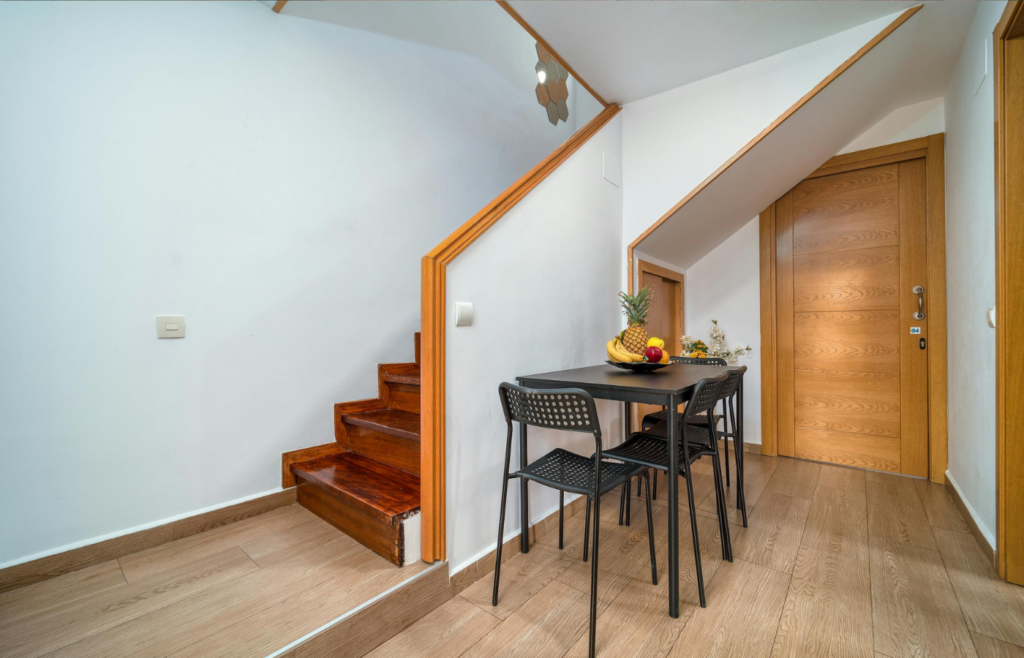
That oddly shaped closet or crawlspace beneath the stairs makes a great hidden pantry. Tuck away large containers of rice, beans, or bottled water.
Use shelves or stackable bins to maximize the space. Keep a flashlight nearby—it can get dark in there.
6. Behind a False Drawer or Panel
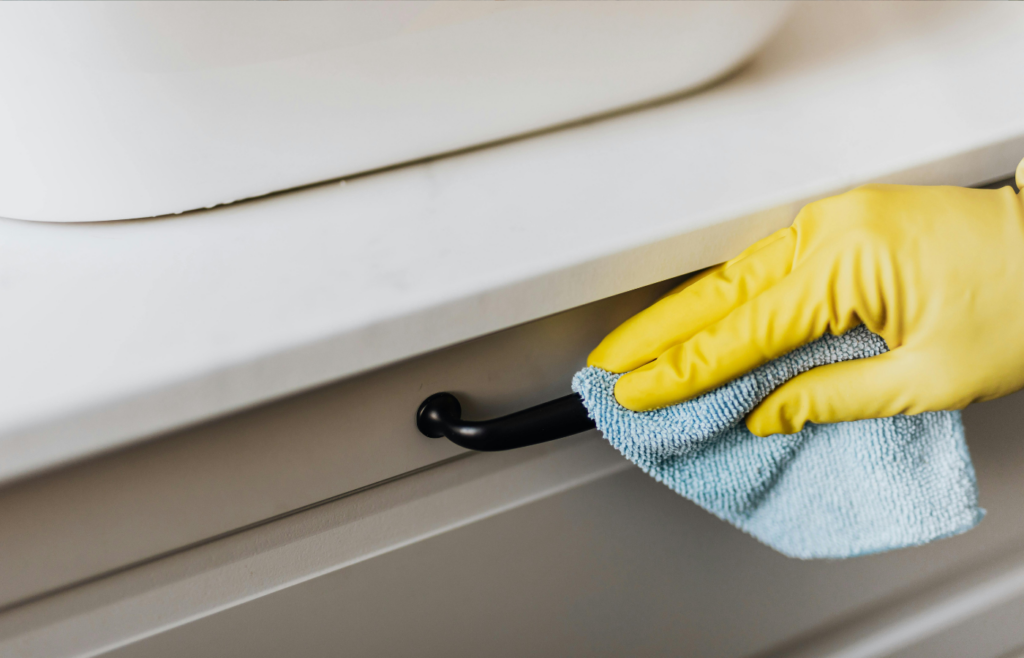
If you’re handy (or know someone who is), you can build secret compartments into furniture, walls, or under cabinets. Great for hiding long-term food stores like freeze-dried meals or powdered milk.
It’s not just secure—it’s cool, too. No one finds what they don’t know is there.
7. Inside Hollowed-Out Books or Containers

For small items like snack bars, jerky, or drink mixes, hollowed-out books or disguised containers work surprisingly well.
They blend in and keep your food off the radar. Use them sparingly—they won’t hold much, but they’re clever backups.
8. In the Ceiling or Attic Rafters (Climate Permitting)

If you’ve got attic access or exposed rafters in the garage, you can use the space for hidden storage. Just make sure the area stays cool enough—heat can destroy food fast.
Stick with sealed, durable packaging. Mylar bags in buckets or bins work best.
Read More: Top 10 Ways to Keep Warm When the Heat Goes Out
9. Inside Closet Organizers or Shoe Racks

Closet space isn’t just for clothes. Use over-the-door shoe organizers or fabric shelves to store small food items vertically.
It’s easy to access and easy to hide behind a curtain or clothes. Just be sure the closet stays dry and pest-free.
Read More: Top 15 Mental Habits of People Who Survive Anything
10. Beneath Floorboards or Loose Tiles
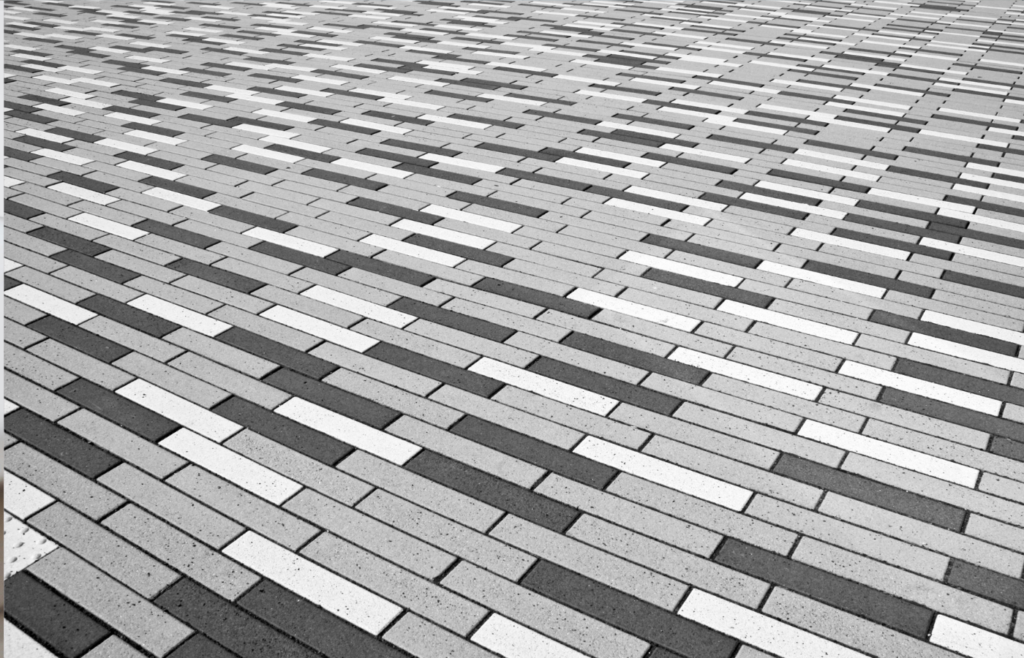
In older homes or DIY builds, you may have spots where you can lift a floorboard or tile to stash some food. Use small containers or vacuum-sealed packages to keep things neat.
It’s not for everyday use—but in a long-term crisis, it’s the kind of backup stash you’ll be glad you hid.
Emergency food is more than just what you have—it’s where you hide it. Spread your supplies out, protect them from heat and moisture, and think like a minimalist ninja. The more creative your hiding spots, the safer your stash will be when you need it most.
Read More: Top 15 Must-Have Tools When the Power Grid Goes Down




